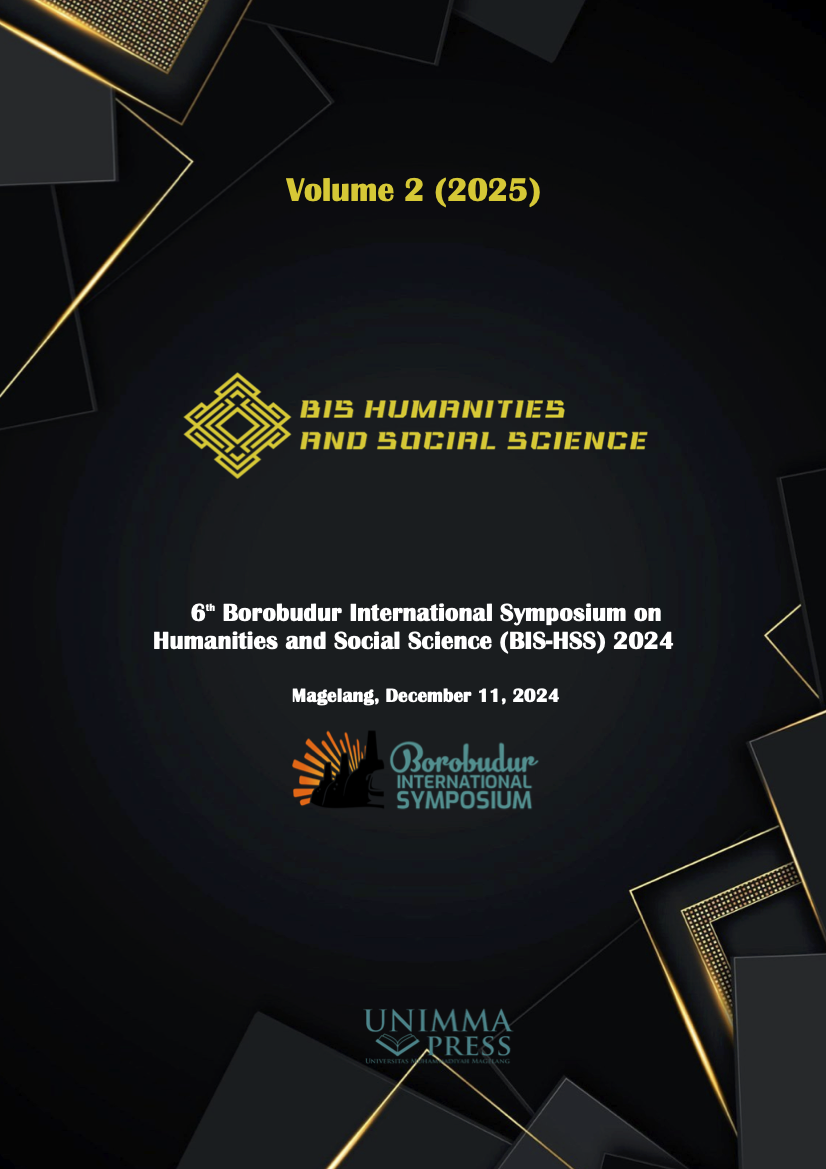Shaping the future of shariah compliance ar-rahn through price estimator machine
Keywords:
Shariah, Ar-Rahn, EstimatorAbstract
Ar-rahn activity is a way to get cash. One of its processes is estimating the marhūn price. However, the price estimation in current application is based on the market price or the listed-official prices. Many researches have criticized this way as it leads to estimation mistake due to human error. Based on the invention of price estimator machine, this research aims to shape the future of Sharia compliance rahn that employ artificial technology to minimize human error. This study is normative and experimental discussion. It analyzed qualitatively through various data collected from primary (the experimented-price estimator) and secondary (journals, patents, research reports, legal texts) sources. Based on the experiment of the price estimator, the estimation of pawned-object could be done accurately. Thus, this machine could be involved in ar-rahn activity to ease the ar-rahn mechanism. This study could be very useful in financing industry such as Islamic Pawnshop or Conventional Pawnshop. Especially in this context is its usage in Indonesia.
References
[1] P. Bhatt, “Ar-Rahnu (Islamic Pawning Broking) Opportunities and Challenges in Malaysia,” in 6th International Islamic Finance Conference, 2008, pp. 1–12.
[2] L. Yang, “28. Buddhist Monasteries And Four Money-Raising Institutions In Chinese History,” in Chinese Economic History up to 1949 (2 vols), vol. 13, no. 1/2, BRILL, 2008, pp. 387–398. doi: 10.1163/ej.9781905246526.i-676.116.
[3] W. T. Pegues, “The Action of Resolution as an Accessory of the Credit in Contracts of Sale,” LA. Law Rev., vol. 1, no. 4, p. 806, 1939.
[4] N. G. Nyia Engon, “The Proportionality of the Guarantee: Comparative Law Study in OHADA Law, French Law and German Law,” Int. Bus. Law J. Jurisprud., 2021, [Online]. Available: https://biblio.ohada.org/doc_num.php?explnum_id=5136
[5] A. Alamoudi, “Mortgage and its Importance in Authenticating Debt: A Case Study of Islamic Banks,” Int. J. Sci. Res., vol. 2, no. 9, pp. 53–66, Sep. 2023, doi: 10.59992/IJSR.2023.v2n9p3.
[6] E. A. Firmansyah, A. Pratama, Abror, and M. A. Salam, “What Drives Rahn Adoption?,” J. Theory Appl. Manag., vol. 16, no. 3, pp. 626–635, Dec. 2023, doi: 10.20473/jmtt.v16i3.50924.
[7] N. Hilaluddin, A. Abdullah, and A. A. Osman, “The Role of Ar-Rahnu as an Alternative in Reviving Micro-Enterprises Through Pandemic Crisis,” in Financial Technology (Fintech), Enterpreneurship, and Business Development, B. Alareeni and A. Hamdan, Eds., Switzerland: Springer, 2022, pp. 413–426. doi: 10.1007/978-3-031-08087-6_29.
[8] M. bin M. bin H. Al-Du’ailaj, “Al-Rahn fil Fiqh Al-Islamiy,” Jami’ah Al-Imam Muhammad bin Su’ud Al-Islamiyah, 1985.
[9] W. Al-Zuhaili, Al-Fiqh Al-Islamiy Wa Adillatuhu, 2nd ed. Damaskus: Darul Fikr, 1985.
[10] A. B. A. bin M. bin A. Al-Dardir, Al-Syarh Al-Shaghir ’ala Aqrab Al-Masalik Ila Mazhab Al-Imam Malik. Beirut: Darul Ma’arif.
[11] S. M. bin A.-K. Al-Syarbini, Mughni Al-Muhtaj Ila Ma’rifati Ma’ani Alfaz Al-Minhaj, 1st ed. Beirut: Darul Ma’rifah, 1997.
[12] B. Busriadi and R. Arifin, “The Effect of Service Quality toward Customer Satisfaction in a Sharia Pawnshop (Case Study on a Sharia Pawnshop in Jambi Province),” AL-FALAH J. Islam. Econ., vol. 6, no. 1, p. 105, Jun. 2021, doi: 10.29240/alfalah.v6i1.2087.
[13] S. R. Syah and N. A. H. A. Patiwi, “Analisis Penaksiran Nilai Barang Gadai Perhiasan Emas dalam Menentukan Nilai Pinjaman Nasabah pada PT Pegadaian (Persero) UPC Ruko Pelangi Makassar,” YUME J. Manag., vol. 5, no. 1, 2022, doi: https://doi.org/10.37531/yum.v5i1.2444.
[14] R. Febrian and R. N. Ibrahim, “Web-Based Price Estimation and Data Entry Application in Pawnshops,” Electron. Business, Manag. Technol. J., vol. 1, no. 1, pp. 40–51, Jun. 2023, doi: 10.55208/ebmtj.v1i1.86.
[15] S. P. Carter and P. M. Skiba, “Pawnshops, Behavioral Economics, and Self Regulation,” Rev. Bank. Financ. Law, vol. 32, 2013, [Online]. Available: https://www.bu.edu/rbfl/files/2013/09/Pawnshops-Behavioral-Economics-and-Self-Regulation.pdf
[16] B. al-D. A. al-H. A. ibn A. B. Al-Marghinani, Al-Hidāyah Syarḥ Bidāyat Al-Mubtadī. Maktaba Al-Bushra, 2013.
[17] M. Ibn Anas, Al-Mudawwanah Al-Kubrā. Dar Al-Sadir, 1999.
[18] Pegadaian, “Sustainability Report: Expansion of Inclusive and Empowering Ecosystems,” Jakarta, 2023. [Online]. Available: https://www.pegadaian.co.id/laporan-kinerja/laporan-tahunan
[19] L. Holder, R. Gruenbichler, and S. O. Grbenic, “The Use of Artificial Intelligence in Business Valuation: Status Quo and Trends Based on a Literature Review,” in Challenges of the Financial Institutions in the Digital and Green Transformation of Economic Ecosystem, T. Jagrič, Ed., Person, 2022, pp. 110–132.
[20] R. Abidoye, J. Ma, and C. L. Lee, “Barriers, drivers and prospects of the adoption of artificial intelligence property valuation methods in practice,” Pacific Rim Prop. Res. J., vol. 27, no. 2, pp. 89–106, May 2021, doi: 10.1080/14445921.2021.2001724.
[21] A. Y. Topraklı, “AI-Driven Valuation: A New Era for Real Estate Appraisal,” J. Eur. Real Estate Res., Dec. 2024, doi: 10.1108/JERER-04-2024-0031.
[22] Y. Yamaura, N. Kanemaki, and Y. Tsuboshita, “The Resale Price Prediction of Secondhand Jewelry Items Using a Multi-modal Deep Model with Iterative Co-Attention,” in The fourth international workshop on fashion and KDD, Alaska, Jul. 2019. doi: https://doi.org/10.48550/arXiv.1907.00661.
[23] A. C. Subrata, A. Prahara, D. Putranti, F. Muhammadi, and M. Nur, “Alat Penaksir Harga Barang,” IDS000009026, 2024 [Online]. Available: https://pdki-indonesia.dgip.go.id/detail/f353c89281f393345cf02e54a86e6a5c2432e411078d16d5b8d0c4becccd2ee0
[24] A. E. C. McCants, “Goods at Pawn: The Overlapping Worlds of Material Possessions and Family Finance in Early Modern Amsterdam,” Soc. Sci. Hist., vol. 31, no. 2, pp. 213–238, Jan. 2007, doi: 10.1017/S0145553200013730.
[25] M. G. Muzzarelli, “From the Closet to the Wallet: Pawning Clothes in Renaissance Italy,” Renaiss. Reform., vol. 35, no. 3, pp. 23–38, Mar. 2013, doi: 10.33137/rr.v35i3.19521.
Downloads
Published
Conference Proceedings Volume
Section
License

This work is licensed under a Creative Commons Attribution-NonCommercial 4.0 International License.

